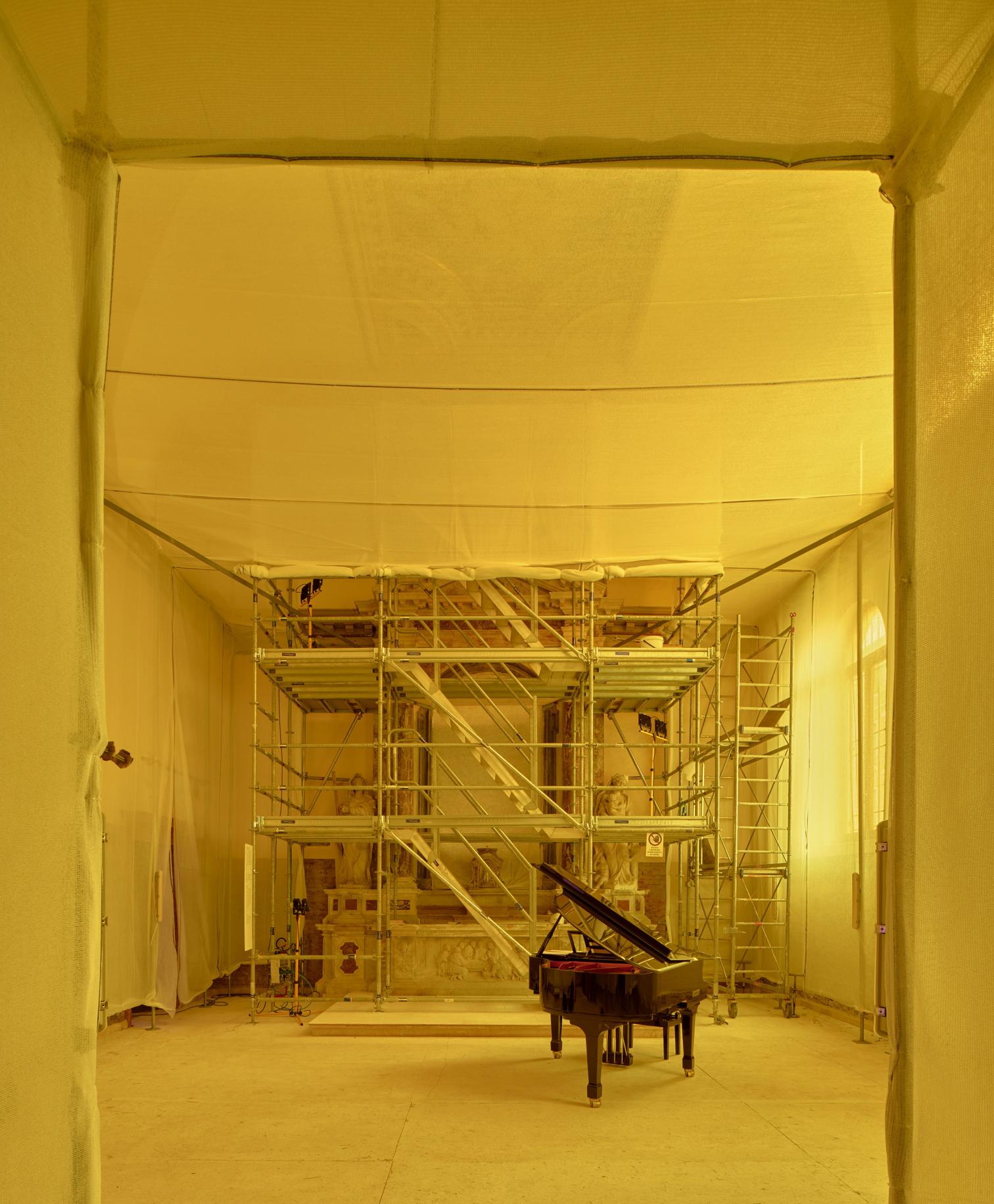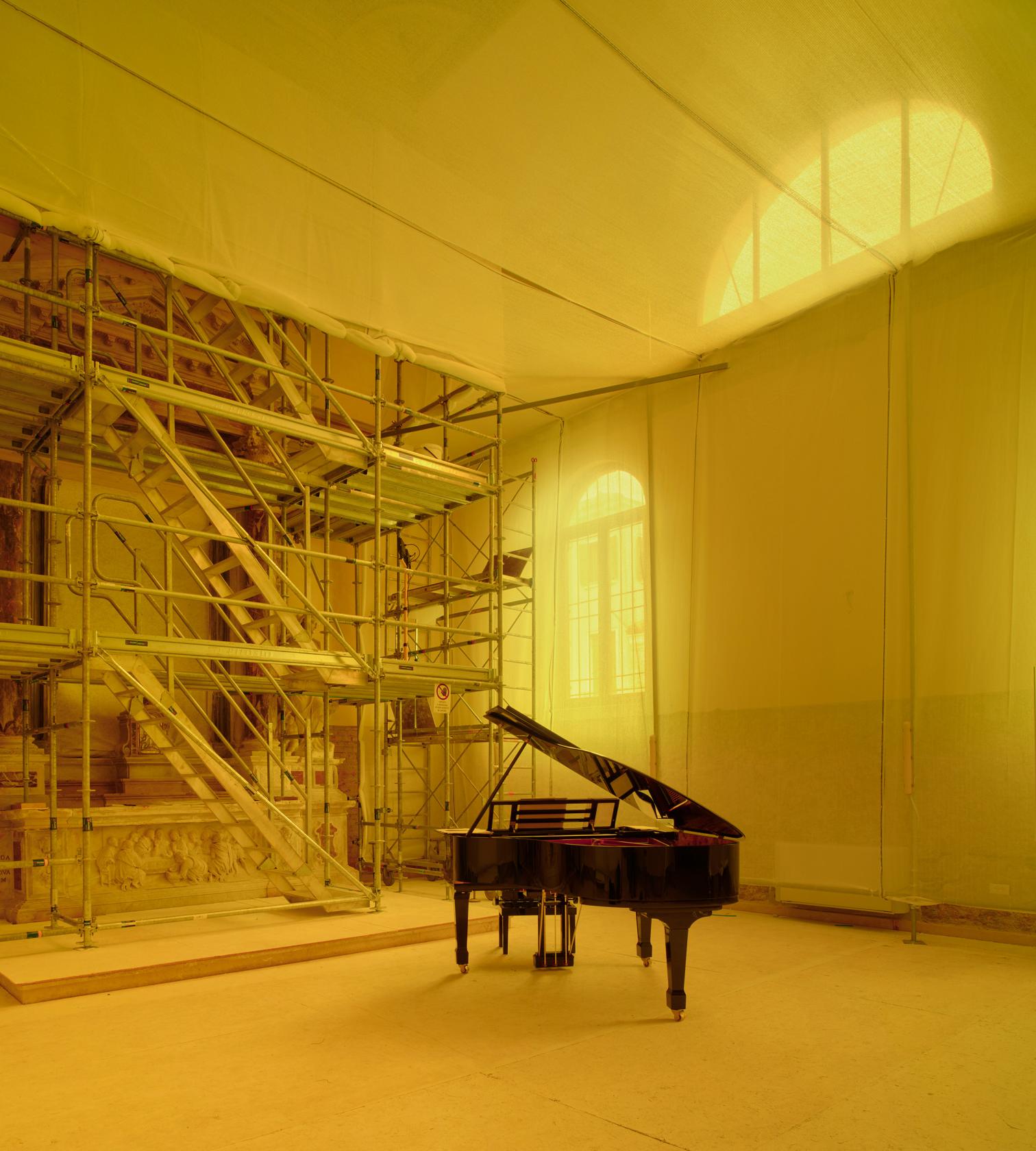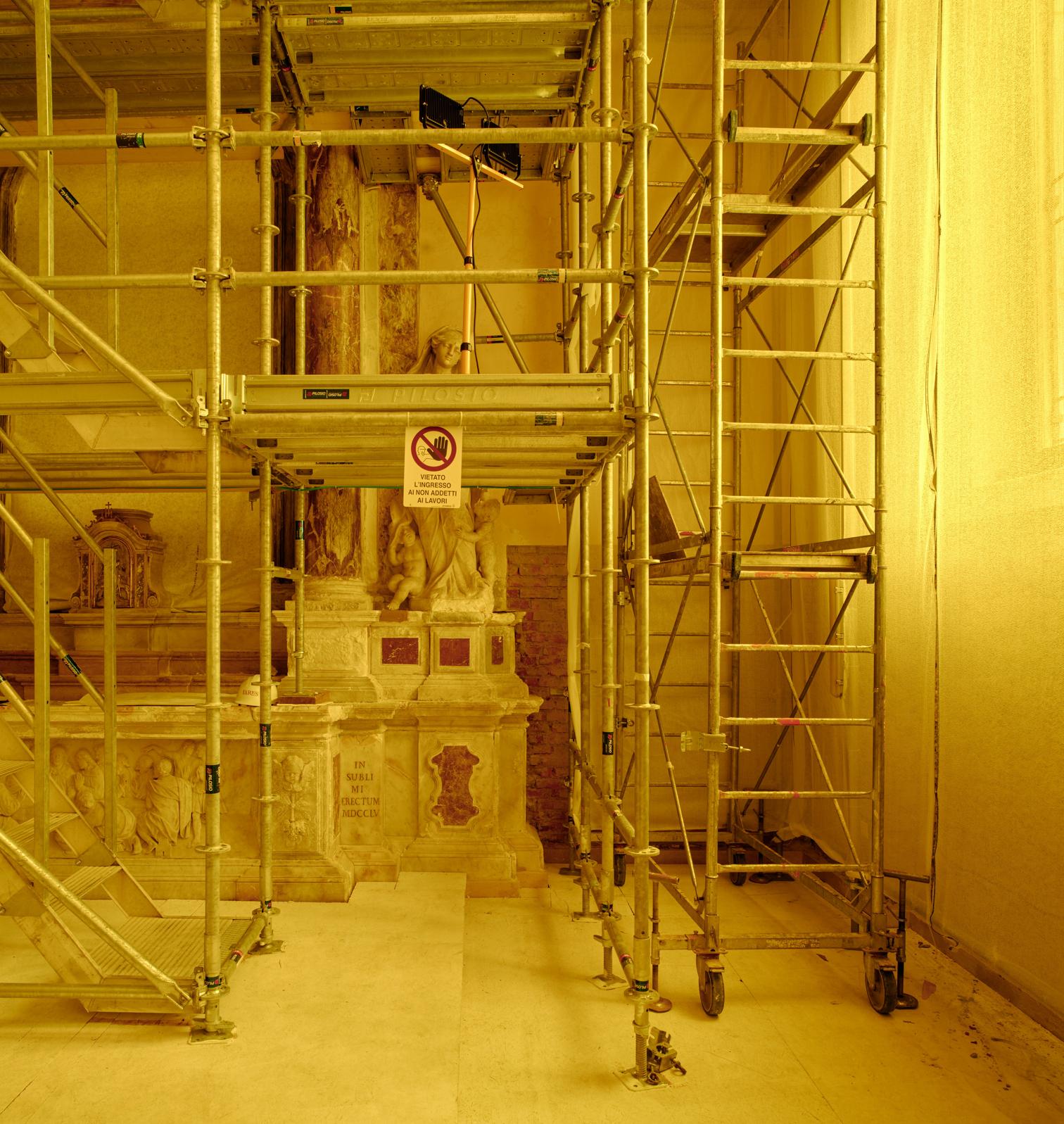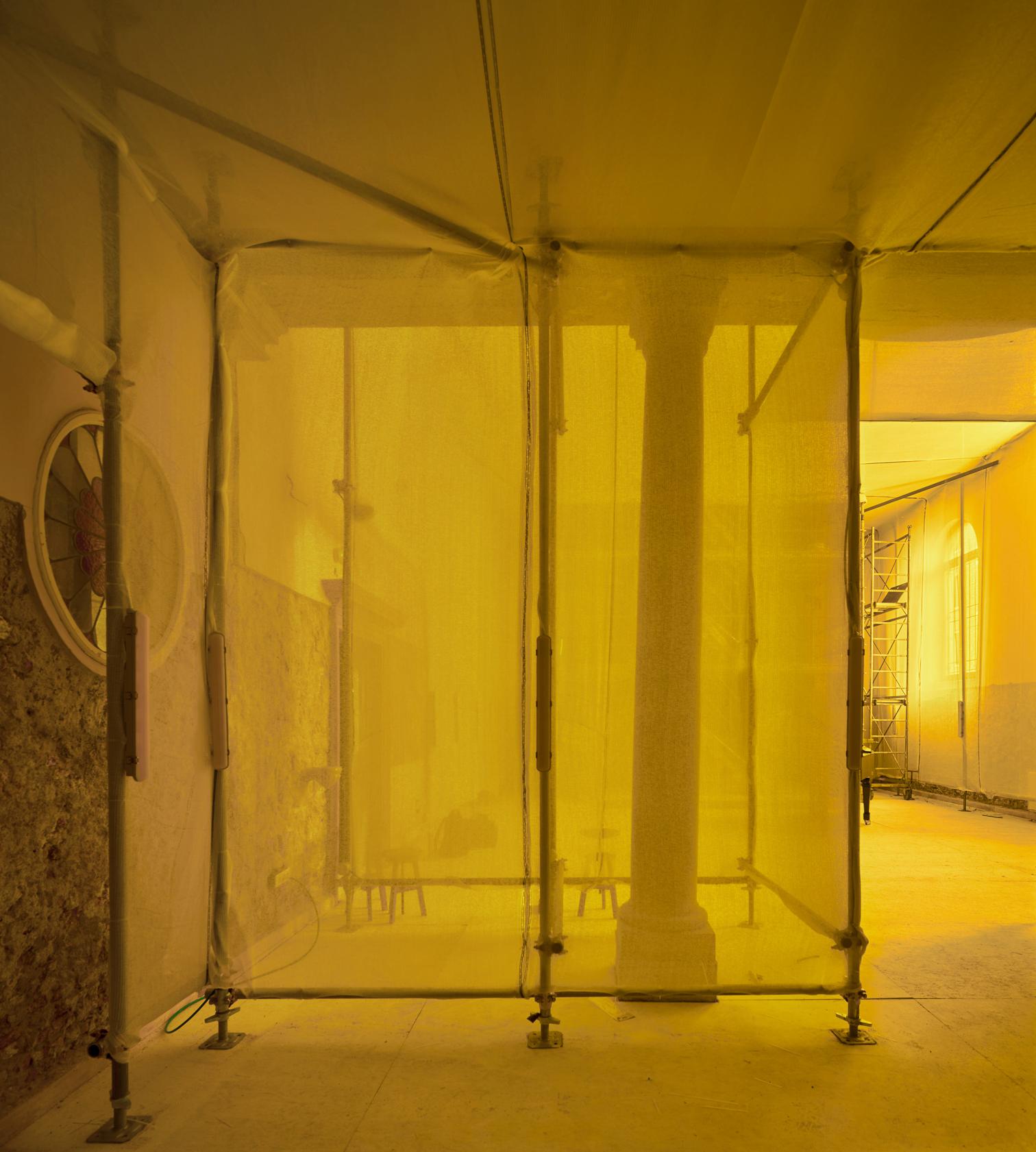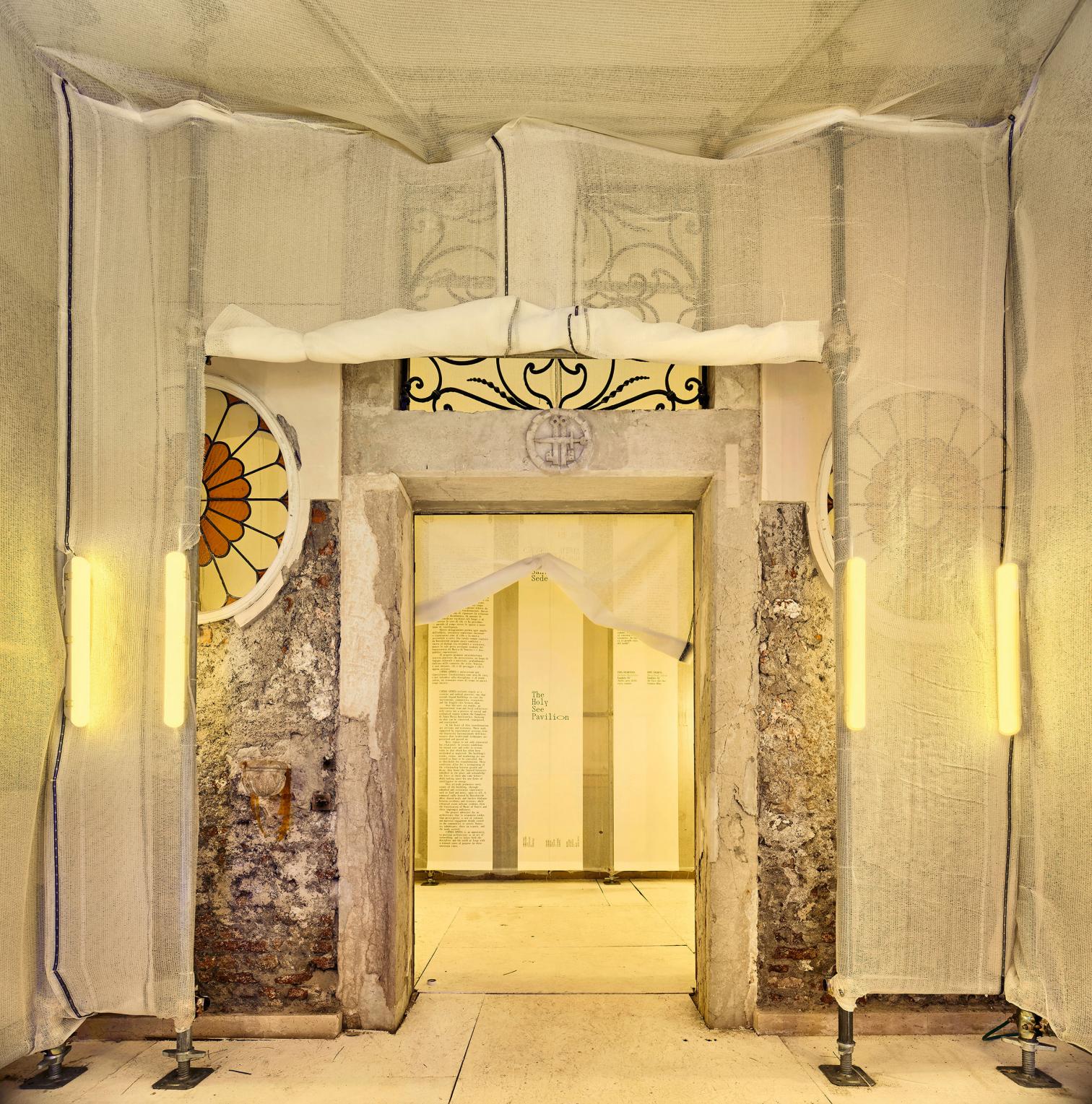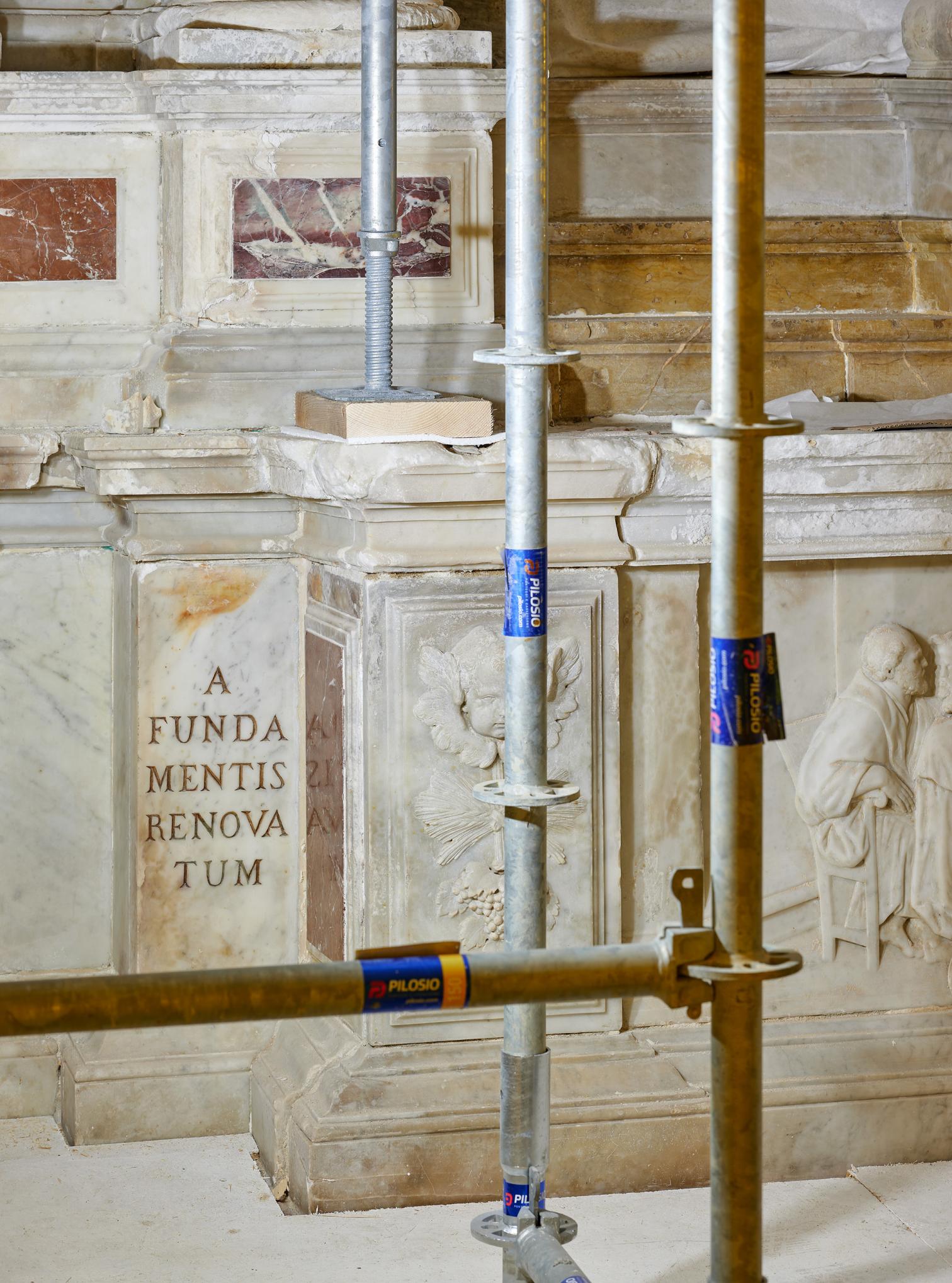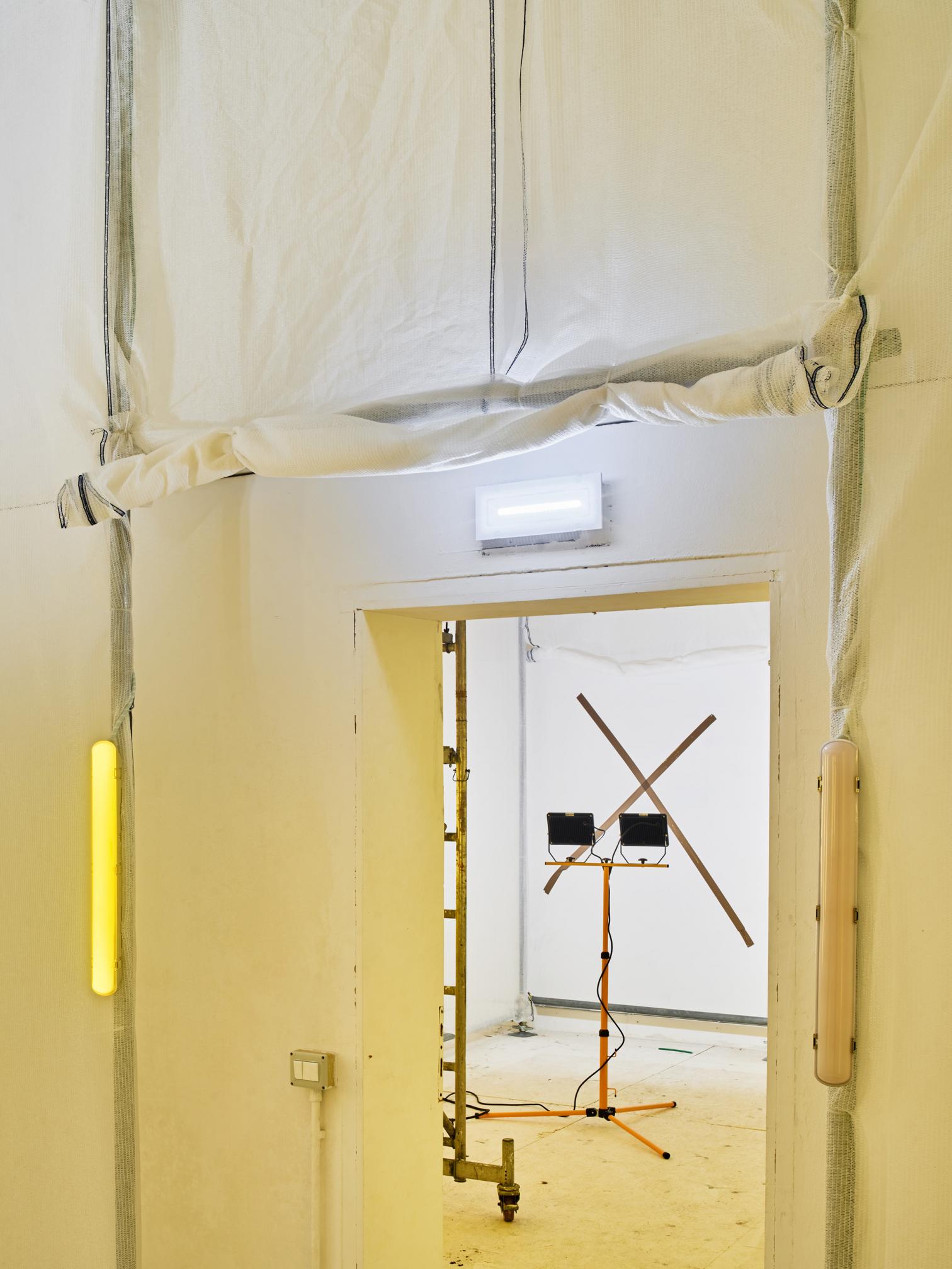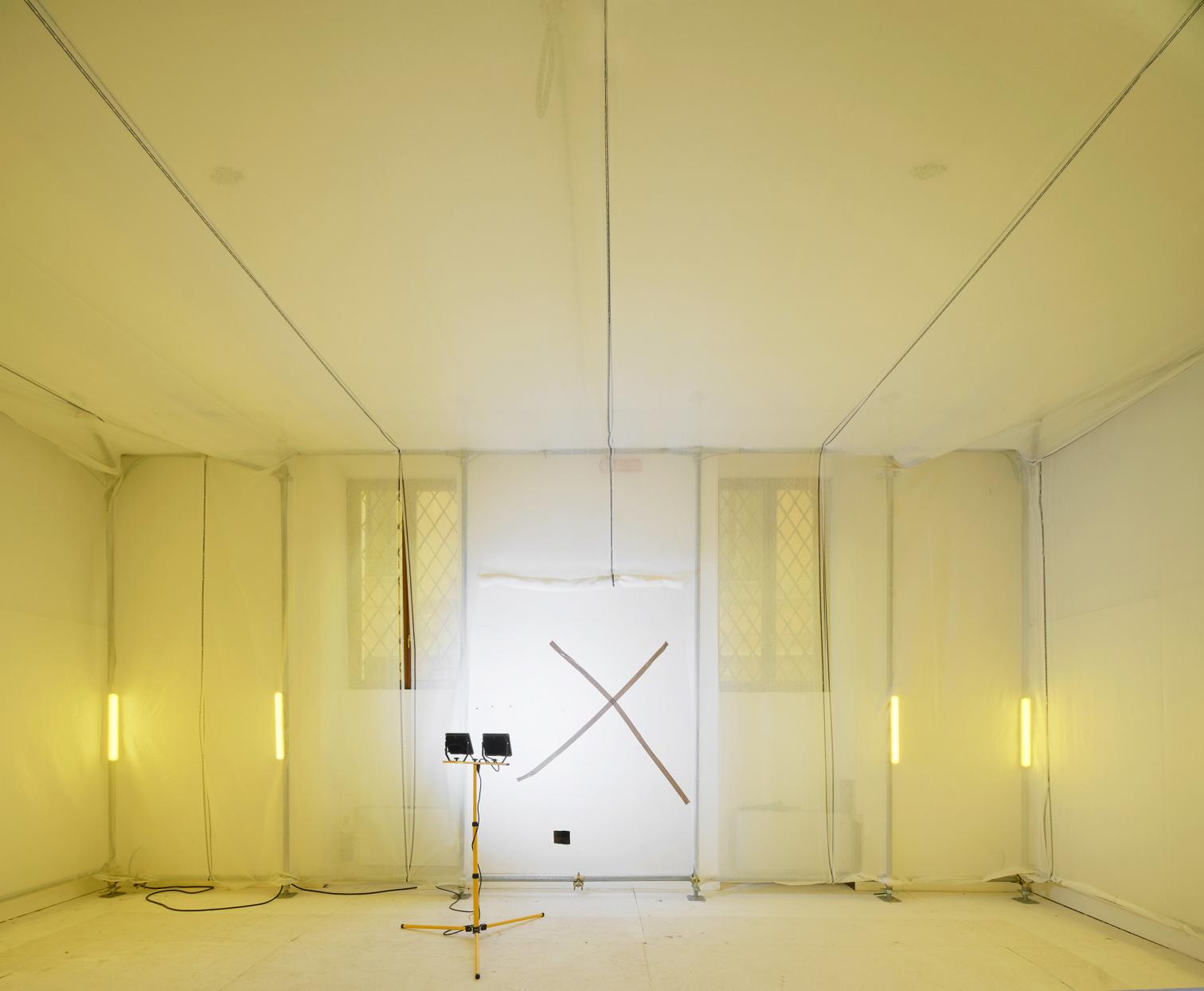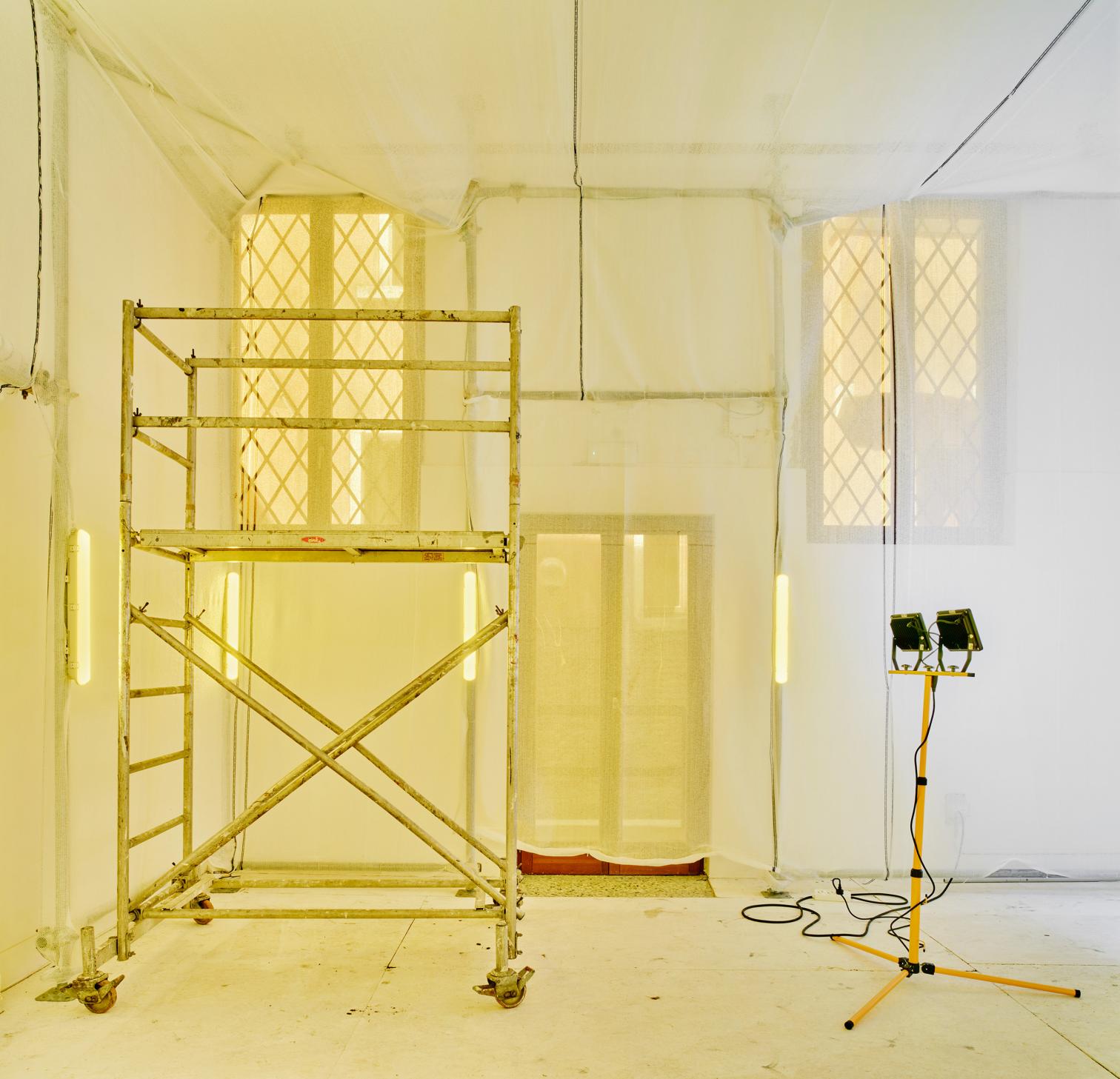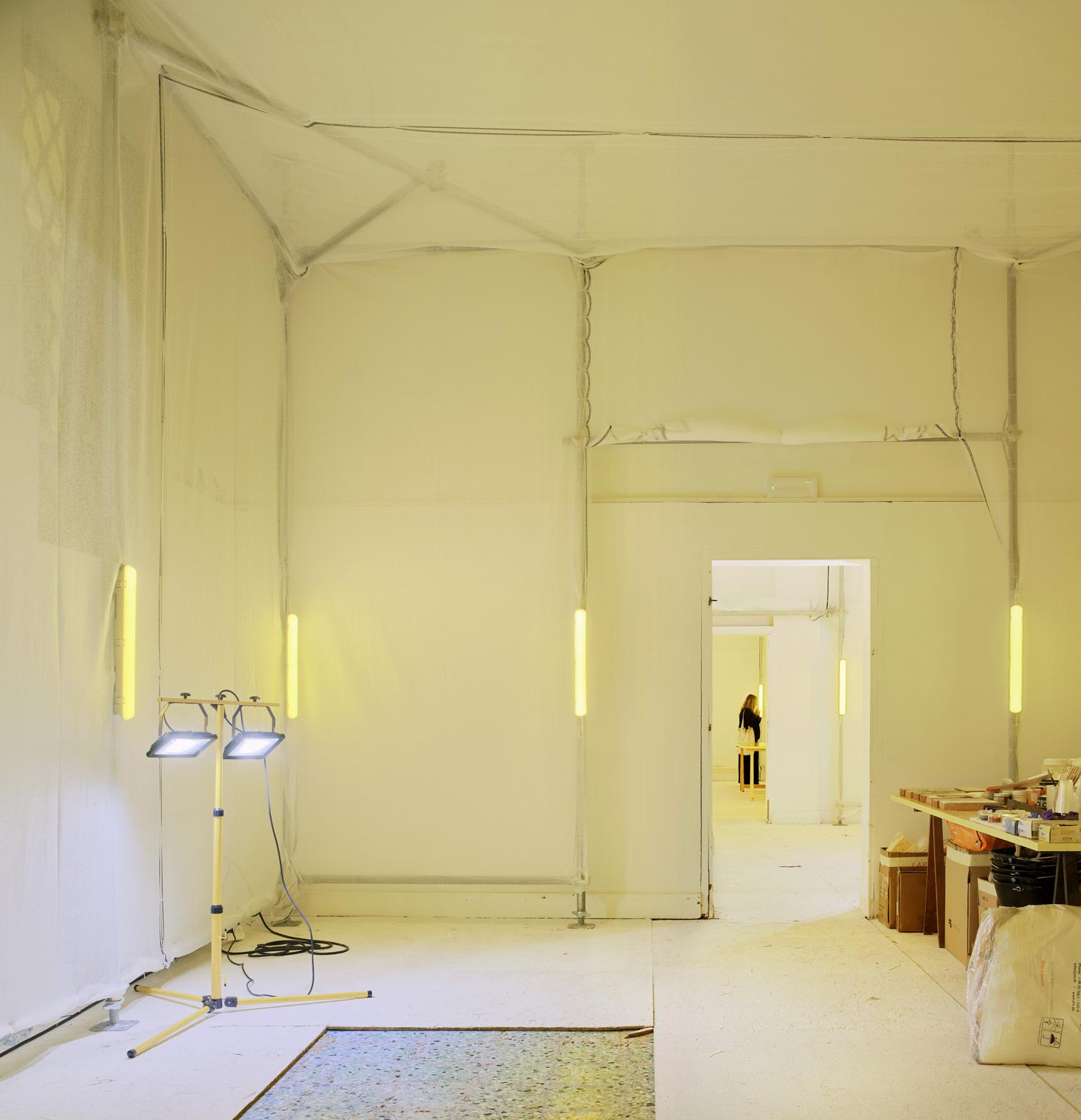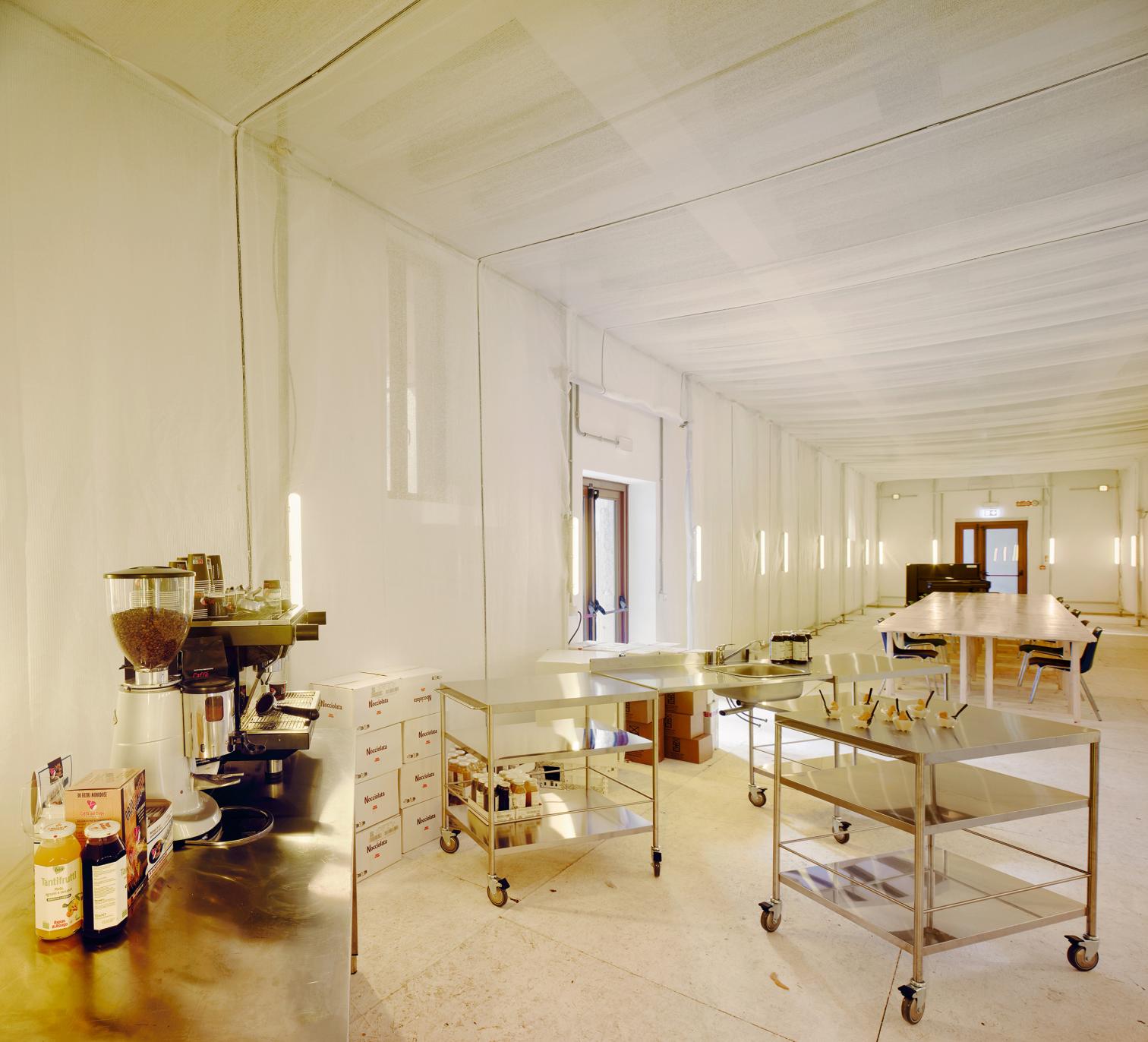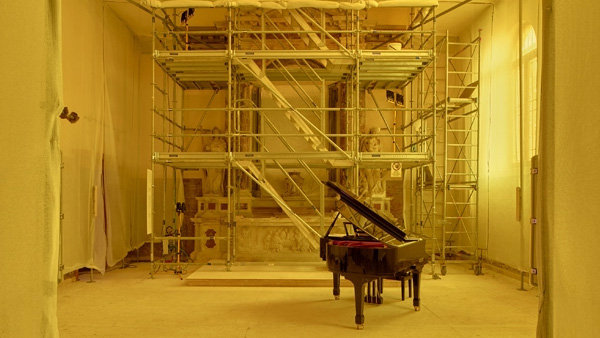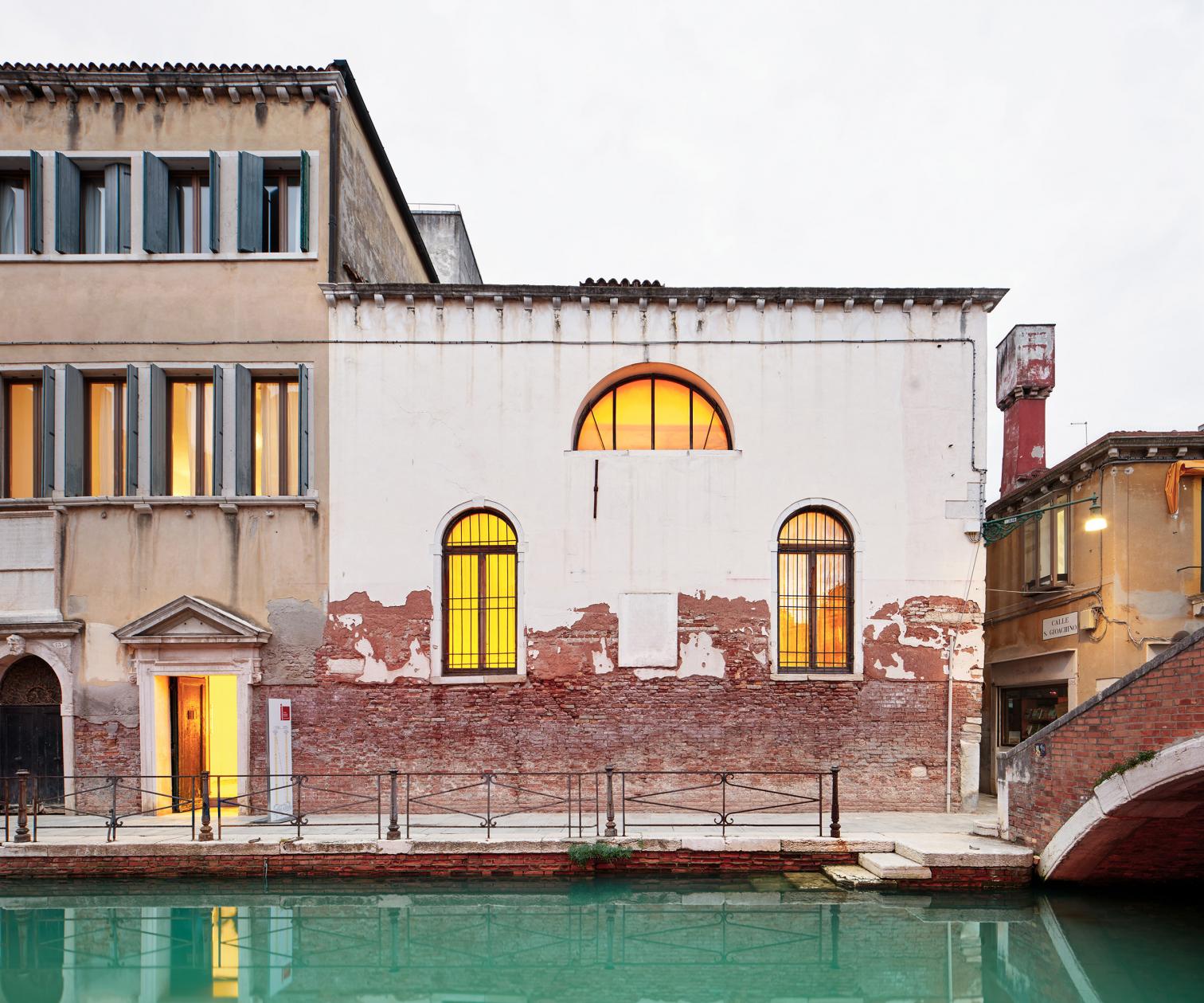
The sacred used to be clothed in the sublime. A vestige of this was seen in the conclave, a ritual that would awaken much less awe if it did not take place in one of the most beautiful enclaves on Earth, where popes tried to make every square centimeter ooze talent. But, Latin votes and purple aside, the Church that gathered in the Sistine Chapel upon the death of Julius II was not the same as the meeting of cardinals in the wake of the demise of Francis: with more determination that any of his predecessors, the Argentinian pontiff did his best to make the clergy “smell of sheep” rather than of incense.
This Franciscan mutation can be appreciated in the successive proposals that the Vatican has presented in the Venetian mostra, in an endeavor to continue its secular practice of cultural diplomacy. For its first time to take part in a Biennale, in 2018, the Holy See invited ten architects to raise chapels in the gardens of San Giorgio Maggiore: folies in contact with nature that exuded a simpler spirituality, yet still stood as signature icons, in unabashed propaganda fide. For the next Biennales, something changed: in 2023, the Vatican’s exhibition was a peaceful orchard overseen by Álvaro Siza, and for the Art Biennale of 2024 the pavilion was transferred to a women’s prison on the island of Giudecca, and involved as many artists as inmates. These were projects of a Church that had turned its attention to the peripheries and to communities.
The same spirit fills this year’s participation, thanks to the return, as commissioner, of Cardinal José Tolentino de Mendonça, Prefect of the Dicastery for Culture and Education since 2022, whose poet sensitivity has made him highly attuned to realities of the lay world, as well as a refined defender of Francis’s pastoral vision. In line with the tenth anniversary of the encyclical Laudato si’, the Portuguese prelate proposed a pavilion based on that critique of irresponsible development, and in the ephemeral context of an exhibition fair called for better care of ‘the common home.’ And with good vision he brought in four women, who from the perspectives of their respective trajectories have produced a result of greater intellectual and social content: Marina Otero and Giovanna Zabotti as curators, and Tatiana Bilbao and Anna Puigjaner of MAIO for the design.
‘Opera aperta’ is on view in Ex Casa di Santa Maria Ausiliatrice, a historic complex halfway between the Giardini and the Arsenale founded in the 12th century, originally as a hospice for pilgrims on their way to the Holy Land. It has since 2001 been a property of the City of Venice, with which the Dicastery came to an agreement regarding its management in the next four years, and for its ‘reopening’ the curators suggested a unique restoration, bringing in local associations to participate: in this way, care is given not only to architecture, but also to the environment, to the community. This exceedingly simple but powerful mission is the essence of the pavilion.
As one enters the building – hardly striking in a fondamenta of the Castello district – there are no panels, posters, or displays; only props, scaffolding nets, and fluorescent lights apt for work. Everything is arranged carefully and efficiently so that visitors can walk through both the monumental part – a small Baroque chapel – and the ancillary areas without hindering the ongoing labor of local artisans. For this is a living work, allowing the building to heal both physically and emotionally, and be filled with life even before construction work is completed. The contact with the zone’s associations has led to various initiatives: two afternoons a week, the Università Internazionale dell'Arte will organize free-access restoration workshops, while the music conservatory of Venice has loaned large instruments – pianos and a marimba – for anyone to be able to use the spaces as rehearsal cabins. And to keep community ties alive, in another room a large collective table – administered by the cooperative nonsoloverde – offers a space for socializing and relaxing.
The open work that Umberto Eco wrote about proposed a change in the relationship between author and reader, which he deemed necessary for the text not to die. Thanks to a summation of efforts and a vision of hope, the Church’s open work in Venice – which, incidentally, received special mention as one of the Biennale’s best national sections – also seeks to weave connections by means of architecture, and in so doing upgrade our shared environment and the lives of those who inhabit it beside us. “In tal modo ci si prende cura del mondo.”
